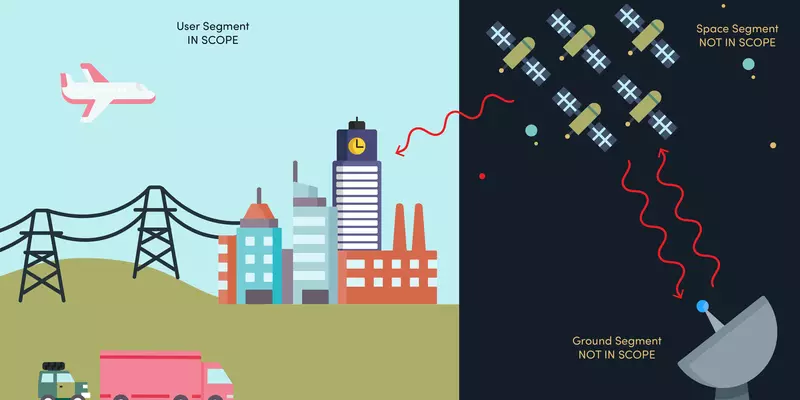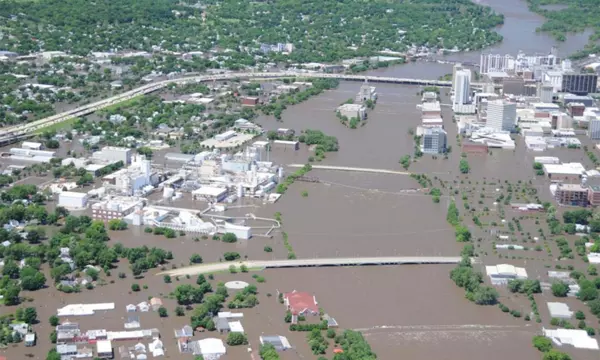NIST supports the safety, interoperability, and resilience of the Nation’s core infrastructure, including power, transportation, water, and telecommunications.
NIST develops new measurement techniques and disseminates reference materials and data that support assessment of and innovation in performance and resilience of the built environment. NIST’s support for code and standards development helps ensure quality and safety in buildings and roads, and promotes interoperability in infrastructure systems. NIST also works with stakeholders throughout the infrastructure sector to help accelerate the deployment of new technologies, including assessments that can aid the prioritization of repairs or rebuilding.
The Research
Additional Resources Links
News
Resilient Cedar Rapids: Rebuilding Better Pays Off
Many cities in the United States have experienced or will experience devastating losses caused by a natural disaster. In the aftermath of a disaster, the question communities grapple with is how to invest in recovery. Understandably, the focus tends to be on building back as quickly as possible. But it may actually make more economic sense to rebuild better than before. In June 2008, the










